The accuracy of plantar pressure distribution systems in measuring flat feet and high arches is mainly determined by factors such as sensor precision, sampling frequency, system calibration methods, and whether the data processing algorithms are scientific.
This system uses a high-density pressure sensor array to obtain the pressure distribution of the plantar surface in static or dynamic conditions, and combines spatiotemporal signal analysis with center of pressure (COP) trajectory calculation, thereby providing quantitative indicators for the identification of flat feet and high arches. The accuracy is influenced by multiple factors.
1. Issue Raised: The performance of the sensor itself is fundamental to the accuracy.
Modern plantar pressure systems generally use various sensors such as resistive, capacitive, or piezoelectric types.
The spatial resolution of the sensors determines the density of pressure points and affects the ability to capture local pressure in the midfoot, forefoot, and heel. The linear response characteristics and sensitivity of the sensors are key factors determining pressure measurement accuracy.
High-resolution sensors with good linearity enable the system to accurately reflect the expansion of midfoot contact area and the increase in pressure when detecting flat feet, and to precisely capture local peak pressures and pressure concentration areas in the forefoot and heel during high-arch measurements.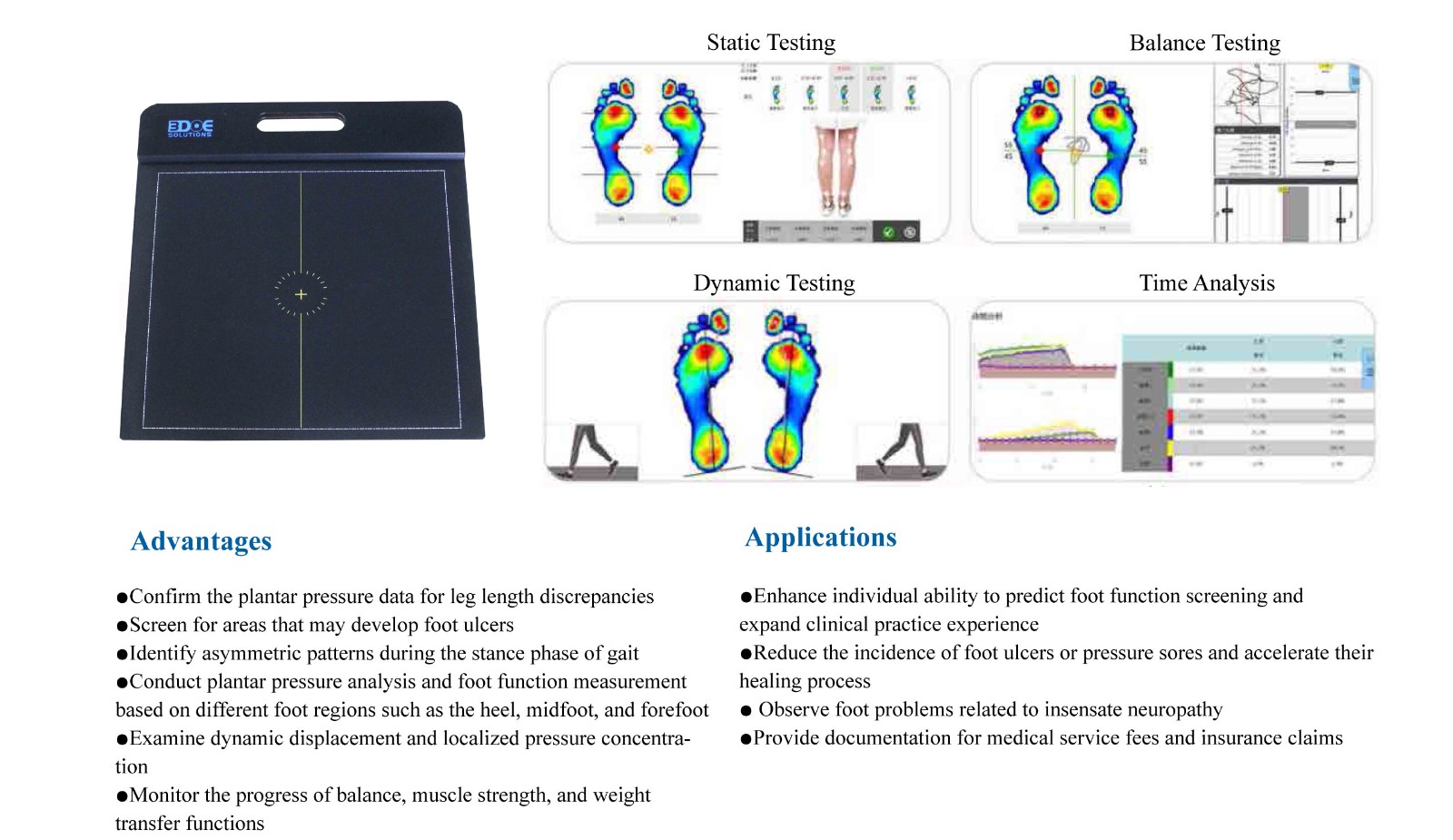
2. Sampling frequency and dynamic signal processing have a significant impact on accuracy.
During gait evaluation, pressure changes over time. A low sampling frequency may lead to missed pressure peaks or distortion of COP trajectories, thereby reducing the ability to identify gait features such as high arches and flat feet.
Modern systems generally operate at sampling frequencies above 100 Hz, combined with filtering algorithms to remove noise and gait fluctuations, ensuring accurate pressure-time integration and COP trajectory calculation.
3. System calibration and standardized operation are key to accuracy.
Calibration consists of zero-point correction, linear correction, and weight normalization, ensuring that pressure values reflect actual forces.
Standardized operation includes controlling the subject’s standing posture, walking speed, and repeated measurements, which can reduce data deviations caused by posture changes or movement differences.
Multiple repeated measurements and averaging for flat feet and high arches can further improve the reliability of their identification.
4. Whether data processing and analysis algorithms are scientific directly affects diagnostic accuracy.
The system generally calculates contact area, arch index, local peak pressure, pressure-time integration, and COP trajectory.
Reasonable threshold settings and algorithmic processing can distinguish normal feet, functional flat feet, structural flat feet, and high arches, reducing the risk of misdiagnosis or missed diagnosis.
For complex or borderline cases, combining three-dimensional foot reconstruction with pressure data fusion analysis can significantly improve the accuracy of identifying flat feet and high arches.
Studies have found that under strict calibration and standardized operational conditions, modern high-density pressure distribution systems can achieve over 90% accuracy in static evaluation of flat feet and high arches, and over 85% consistency in dynamic gait assessment.
This system provides reliable reference value for clinical diagnosis, orthotic design, and rehabilitation effect evaluation, but it still needs to be combined with imaging and clinical physical examination results for comprehensive assessment to improve individualized diagnostic and intervention accuracy.
The precision of plantar pressure distribution systems in measuring flat feet and high arches depends on sensor performance, sampling frequency, calibration and operational standards, and data processing algorithms. With scientific design and standardized operation, this system can provide high-precision, repeatable quantitative assessment of plantar load characteristics, offering a reliable basis for clinical diagnosis, rehabilitation evaluation, and personalized orthotic design.

 +86-0755-86131192
+86-0755-86131192 2025-10-14
2025-10-14 Back to list
Back to list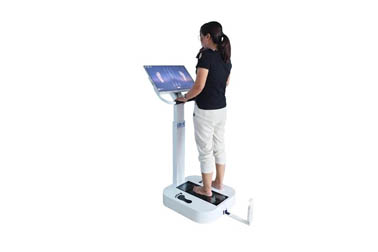
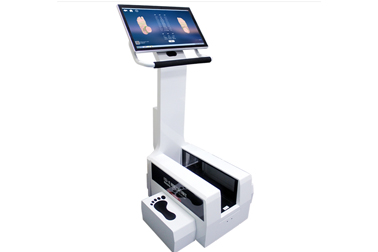
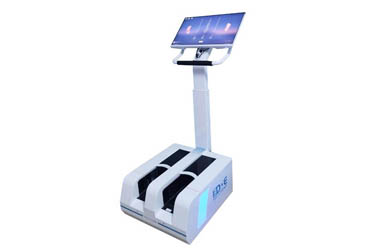
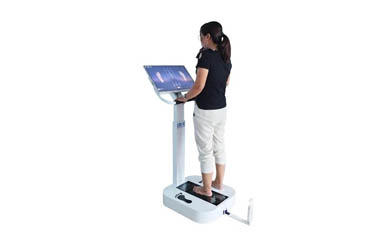
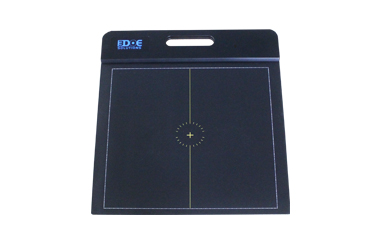
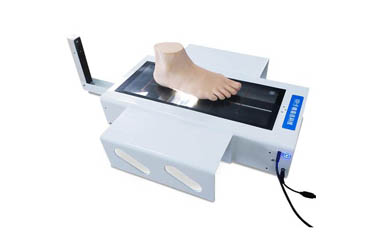



 +86-0755-86131192
+86-0755-86131192